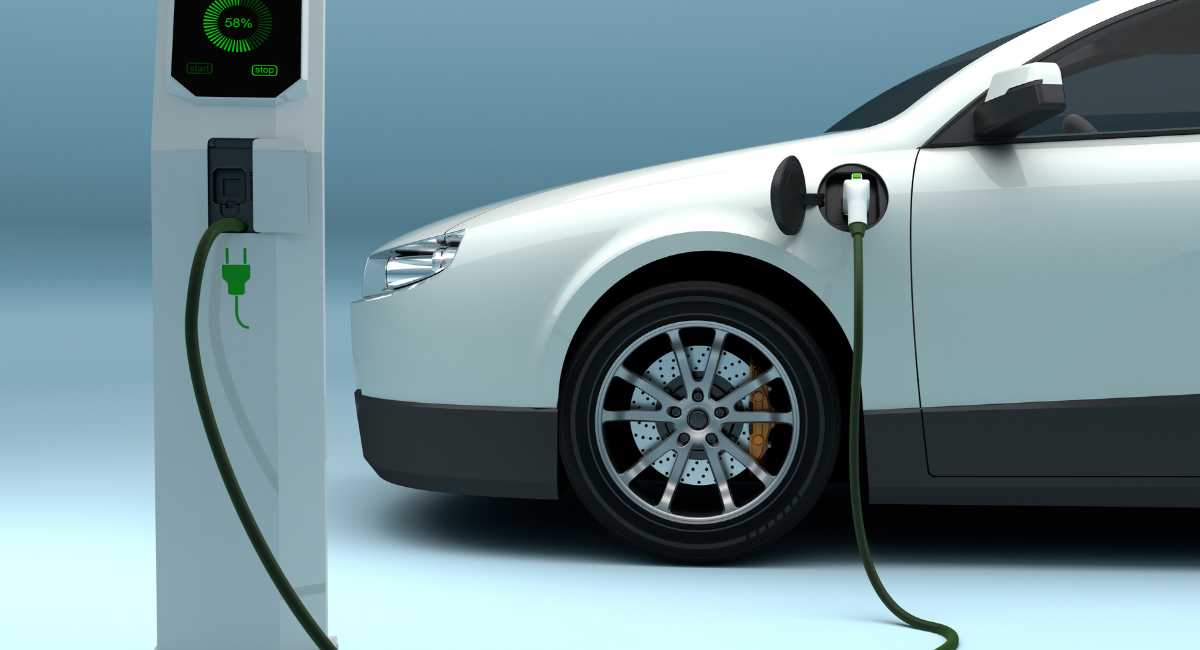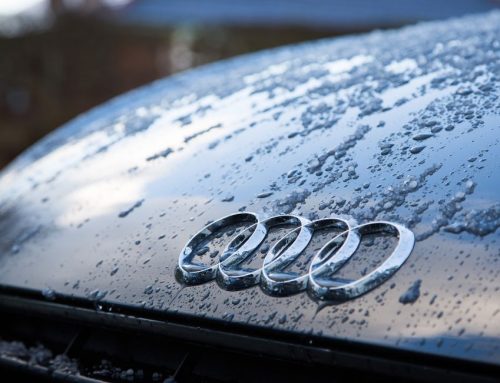The future of electric cars is bright. With rapid advances in battery technology, charging infrastructure, and manufacturing processes, we can expect to see electric cars become more and more popular in the next decade.
Longer Range and Faster Charging
One of the biggest concerns that people have about electric cars is range anxiety. However, battery technology is rapidly improving, and we can expect to see electric cars with significantly longer ranges in the next few years. Additionally, new fast-charging technologies will make it possible to recharge an electric car in just minutes.
Mass Adoption and Market Diversity
As battery costs continue to decrease, electric cars are becoming more affordable and accessible to a wider range of consumers. This, combined with government incentives and stricter emissions regulations, is expected to drive mass adoption of electric cars in the next decade. Additionally, we can expect to see a greater diversity of electric vehicle models available, from sedans and SUVs to trucks and vans.
More Affordable Prices
The cost of electric cars has been decreasing steadily in recent years, and this trend is expected to continue in the next decade. As battery technology improves and production costs decrease, electric cars are expected to become more affordable than gasoline-powered vehicles.
Advanced Safety Features
Electric cars are inherently safer than gasoline-powered vehicles. They have a lower center of gravity, which makes them less likely to roll over. Additionally, electric cars don’t have the same flammable components as gasoline-powered vehicles. In the next decade, we can expect to see even more advanced safety features in electric cars, such as autonomous driving and collision avoidance systems.
Sustainable Manufacturing
The manufacturing of electric cars is becoming more and more sustainable. Automakers are using recycled materials and renewable energy to produce electric cars. Additionally, electric cars have a much smaller carbon footprint than gasoline-powered vehicles over their lifetime.






